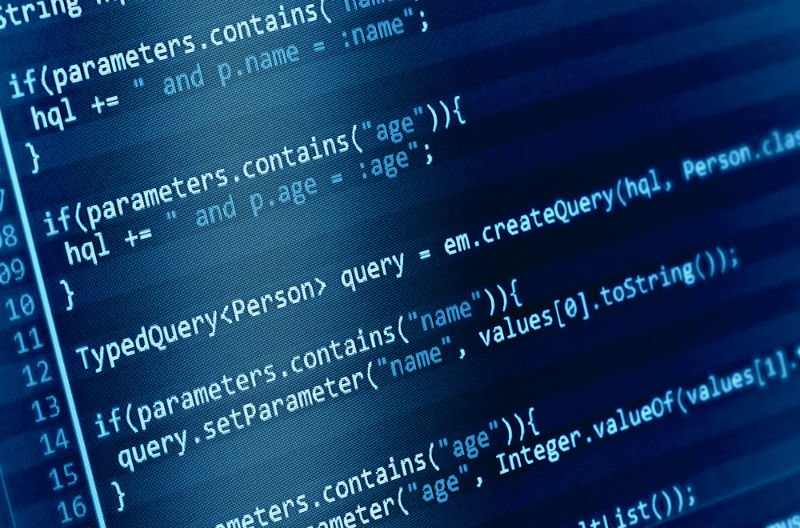Introduction to Java

It's an inbuilt program interface that can take care of the graphics and user interfaces that create the applets or programs.
The edge of Java is its "portability," the programmer can write this program and compile in the same type of surroundings as it's written and after that, it could be run everywhere.
When a source code is provided as the input signal, the output signal from Java compiler is the "bytecode." Bytecode includes set of instructions that will be run by Java Virtual Machine (JVM). In a more straightforward manner, I will say JVM interprets the bytecode, and that is the main reason that Java could be run everywhere. Applets are the software that is embedded into a web page and will be running where as the applications are directly executed by JVM.

It's not necessarily possible to compile the entire application at the same time, so Java uses just in time compiler to compile a collection of bytecodes in real time for execution as well as the staying codes will only be interpreted and therefore makes the execution of Java application quicker. Both primary building blocks of Java programming will be the types and objects. Objects will be the example of type and type is a template for creating objects.
Unlike in c/c, you need not manually allocate/deallocate dynamic memory, Java itself does this and additionally it's garbage collection for the new objects. Java application manages the run-time errors also.

To summarize Java is user-friendly, also write to compile, it's robust, platform -independent, distributed, interpreted and safe.